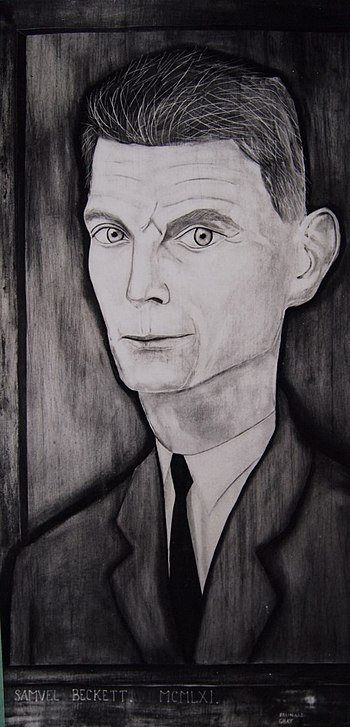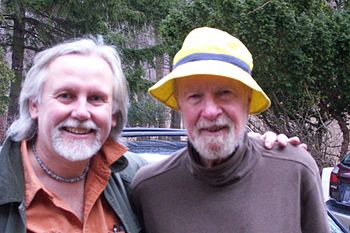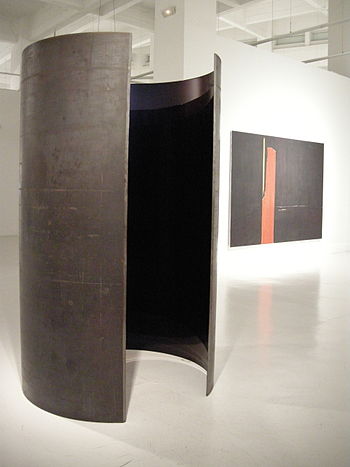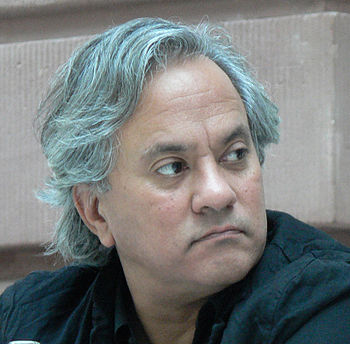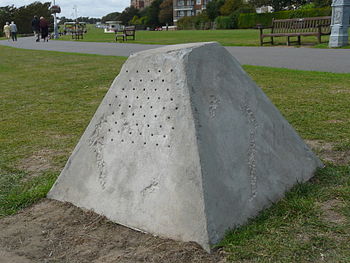| English: Haruki_Murakami_at_the_Jerusalem_Prize (Photo credit: Wikipedia) |
| Japanese writer Haruki Murakami (Photo credit: Wikipedia) |
| English: The signature of Haruki Murakami (Photo credit: Wikipedia) |
| Cover of Kafka on the Shore |
| Cover of The Wind-Up Bird Chronicle: A Novel |
I have
spent a lot of time recently reading two 600-page novels by a Japanese writer I
had never before read, Haruki Murakami, who is apparently ranked right up there
with such novelists as Yukio Mishima (remembered as a rightwing fanatic who
took his own life by the ritual form called seppuku),
Kobo Abe (author of the unforgettable Woman
of the Dunes, which was also made into a marvellous film), and Kenzeburo Oe (winner of the Nobel Prize
for Literature).
I am not
well versed in Japanese literature, but have read enough to know that one
cannot expect anything ordinary from their novelists of quality and certainly
these two works by Murakami fulfil that
expectation. Murakami has written 13
novels, of which The Wind-Up Bird Chronicle
published in 1997 is the eighth, and Kafka On the Shore, the second of the
two I have read, was published in 2002.
It is hard
to say which strikes the foreign reader as the stranger of the two, although
the strangeness of his subjects and his approach to them does not seem to have put
off foreign readers, because he is said to have been translated into fifty
languages, has sold millions of copies world-wide, and has won innumerable
prizes and accolades abroad.
The Wind-Up Bird Chronicle tells the story of a man who has recently quit his job and is
living contentedly at home looking after the household while his wife earns
their daily bread. One important thing he has to do as the book opens is to
find their cat, that has run away, and without which the wife says she would
find it difficult to live. So, he goes along the road they live on into an alley
where there is an empty, abandoned house that can be reached only by climbing over a fence. He
thought the cat might have taken refuge there, but when he finds himself in the
yard of this house he encounters a 16-year-old girl with whom he enters into an
elaborate conversation. There is also some sort of statue of a bird, which our
protagonist, Mr Okado identifies with the song of real birds that he has heard
singing while in the yard, singing a strange, wind-up kind of song, and when he
explains this to the young girl she takes to calling him Mr. Wind-Up-Bird. Also
in the yard the young girl points out a disused well, and Mr. Okada throws a stone
into it and hears a thud as it falls, so that he knows the well is empty of
water.
Though he
finds these things --- all of which as the story develops begin to play an
important role in the narrative --- he does not find the runaway cat. And
meantime he has received a strange phone call from an unknown female voice
which nevertheless says it knows him intimately, but ho says that ten minutes of
his time should be enough for her purposes.
Meantime,
his wife who has often worked late, does not come home after leaving for work
one day, and it is her brother, a man very successful in Japanese public life who Mr Okada hates and his wife seldom speaks to, who arrives to tell him his
wife has left him for a man who has been her lover for some months. He is
reluctant to believe him, and astonished that she should have depended on her
brother to bring him the news. Such is his disorientation that Mr. Okada
continues to climb the fence into the yard, which is watched almost every hour
of every day by the 16-year-old girl, with whom he continues to have interesting
conversations.
Eventually,
Mr, Okada takes to going to sit before the city’s railway station in the hope
that he might spot his wife. But there he is approached by a powerful woman who
asks him to follow her, and thus begins a different part of the story. Mr Okada
is seduced by three women, or it may be even more, I lost count, including a
pair of sisters called Malta and Crete, because they had once lived in Malta
and Crete. An old man of his acquaintance before dying tells him a horrendous
story about atrocities he had committed and seen committed while a member of the Japanese invasion
force in China before the Second World War, which ended in his being thrown for
dead down a well.
These
characters all play into Mr. Okada’s odyssey as he tries his best to get his
wife back. His relationships with the women
cannot be described as salutary, except with the young schoolgirl with whom he
continues to have long-distance communication, the impression being given that
she has fallen for him.
The events
in this novel are extraordinary, seem somehow to be sort of peripheral to the
characters involved in them, and it all works through to a conclusion that is
unlike any real conclusion. It is a very
strange mixture, this story, but told with such immense narrative drive that I
could not put it down, while wondering why else I would be reading it.
Kafka On the Shore, the second novel I read, is even
stranger. It has two main protagonists: one, a 15-year-old boy who decides to
run away from home, a home that had been abandoned many years before by his mother,
of whom he retains only vague memories, and from whom, somehow his sister and
brother had disappeared also. His father
had cursed him, he believed, saying that, like Odysseus, he would murder his
father, sleep with his mother and betray his sister. He ends up in a private
library presided over by a remarkably beautiful 50-year-old woman whom he
immediately begins to fantasize is his lost mother. His father, a famous sculptor, has meantime been murdered,
and the police are searching for his missing son.
The second
protagonist is a shell of a person which is all that remains of a child who
suffered a terrible humiliation during a mysterious incident in which
schoolchildren were all struck unconscious by something that was never
identified, in spite of a massive, secret investigation by the U.S. Army. All the
affected children recovered after a few hours, except for this one boy Nakata,
who was sent to a hospital, and who, when he did emerge from his coma, was a
personality who had been emptied of memory, who never learned to read or write,
and whose premier talent was the ability to talk to cats.
As in the
previous book there is one really horrifying incident described that vitally
affects the narrative, and it is this that leads to the murder of the sculptor,
a man who has been in the habit of collecting cats and beheading them so that
their souls could be made into a wondrous flute.
This
strange person takes over the second part of the novel in which the author
deliberately identifies a sort of third dimension to life in which people can
appear as their 15-year-old selves 35
years after the event, and in which strange intuitions are needed that belong
to a world that I personally have always thought of as rubbish. I kept asking
myself why I was reading this, given my attitude towards such things, and again
the answer lay in the amazing strength with which the tale was told and the
incredible story-telling skills exhibited in its telling.
These are
two of the hardest books that I have ever tried to describe in writing, and I
am only too conscious of the inadequacy of what appears above. All I can add is
that anyone who finds that my descriptions whet their curiosity at all should
try to read these books, which I personally have found among the most rewarding
of novels I have ever read.





